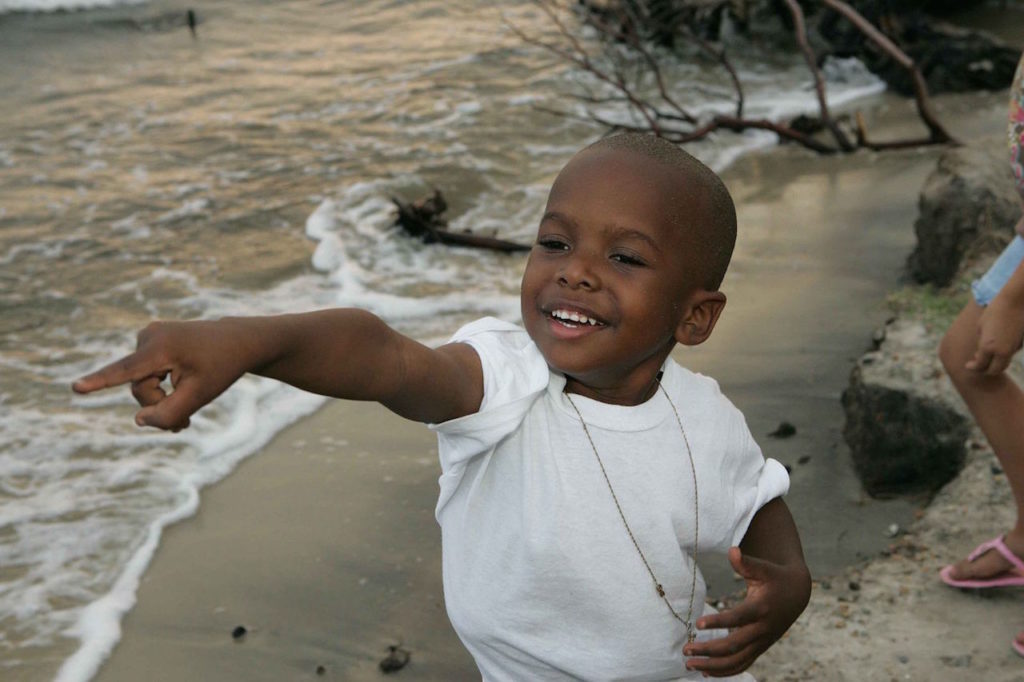Pointing is a skill that children often start using before they begin to speak. Over the years, research has shown the importance of children developing this skill as it is highly correlated with later language development. The reason pointing and language development go hand in hand is because pointing is the beginning of a child’s understanding that what he is thinking is independent from another person’s thoughts. The child recognizes that the thoughts in his mind are only in his mind and he needs to ‘do something’ in order to share what he is thinking with others around him. As your child develops the skill of pointing, he starts to realize that he can use it to share his thoughts with you. This can be much more complex than it first appears. I like to think about pointing as a mini language in itself! Here are some examples of what that little pointing finger can be used for:
- Requesting an object
- For example: When a child points to an object out of reach in order to express their desire for the object.
- Responding to others
- For example: A child points in response to: “Point to the doggie.”, “Where’s the cow?” “Do you want juice or your cookie?” while shown both objects.
- Labelling an object
- For example: When a child spontaneously points to a picture of an apple in a book, or an apple on the counter.
- Directing others to do something
- For example: When a child points to a ball as a way of asking his brother to throw the ball again. Children can also use their points to direct others to label objects as if to say “What is that?” (These points may be accompanied by a furrowed brow or puzzled look.)
- Draw someone’s attention to an object of interest as if to say “Look at that!
- For example: pointing to a cow you notice just walked into the field.
- Combining thoughts and ideas to make mini ‘sentences’ with points and gestures
- For example: A child points to a chair they know daddy usually sits in, and then puts his head down on the chair as if to say “Daddy is sleeping.”
Little ones love to copy adults and big kids! As you go throughout your day, model some of the different kinds of points we’ve shared above. As your child sees you communicating this way it can motivate them to start pointing too. Hide different items around the house and go on searches to find them, pointing at objects as you go! Go on a nature walk together. There are so many opportunities to incorporate pointing into our daily life and of course our play time!
—
Amanda




2 Comments
Nadia Noble
Great post! I shared it on my Kids Therapy Services site! Thanks for posting!
Janine
Great post! I will share this with my colleagues!